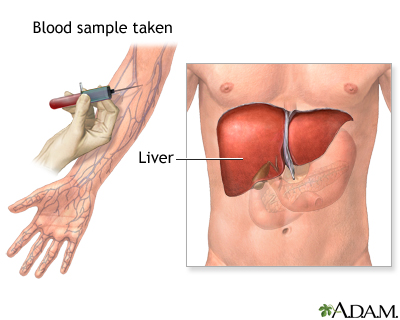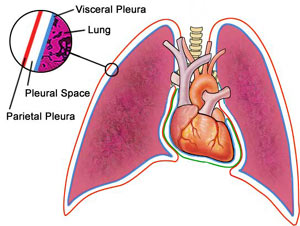
Model and Theory of Nursing by JEAN WATSON
Jean Watson's philosophy, which is known as "JW", seeks to define the outcomes of nursing activities associated with the humanistic aspects of life. Watson, (1979). Nursing actions that refer directly to the understanding of the relationship between health, illness and human behavior. Nursing attention to the improvement and restore health, and prevention of disease.
Model of Watson, was formed surrounding the Nursing Process, provide assistance to clients in attaining or maintaining or achieving health and a peaceful death. Nursing interventions related to human care process. The process requires human care nurse who is able to understand human behavior and response to the problem of actual or potential health, human needs, and how people respond to others, as well as the advantages and disadvantages of the client and his family, as well as an understanding with himself. In addition, nurses also provide comfort and attention, and empathy for clients and their families.
Orphanage care is reflected in all the factors used by nurses in providing nursing services to clients and their families.
JW in understanding the concept of nursing, is famous for its theory of human knowledge and human caring. Benchmark is based on the JW outlook on the human element of the theory. JW theory is to understand that humans have four branches of the needs that are interconnected, diantaraanya:
Basic biophysical needs (need for life), which includes eating and fluid needs, elimination needs, and Ventilation Needs
Psycho-physical basic needs (Needs Funsional) which includes the need for activity and rest, and the need for sexuality.
Psychosocial basic needs (need for Integration), which includes the need for Achievement and Organize
Intrapersonal and Interpersonal basic needs (Requirements for Development) is the need for self actualization.
Source : http://nursesnanda.blogspot.com/2012/03/model-and-theory-of-nursing-by-jean.html








